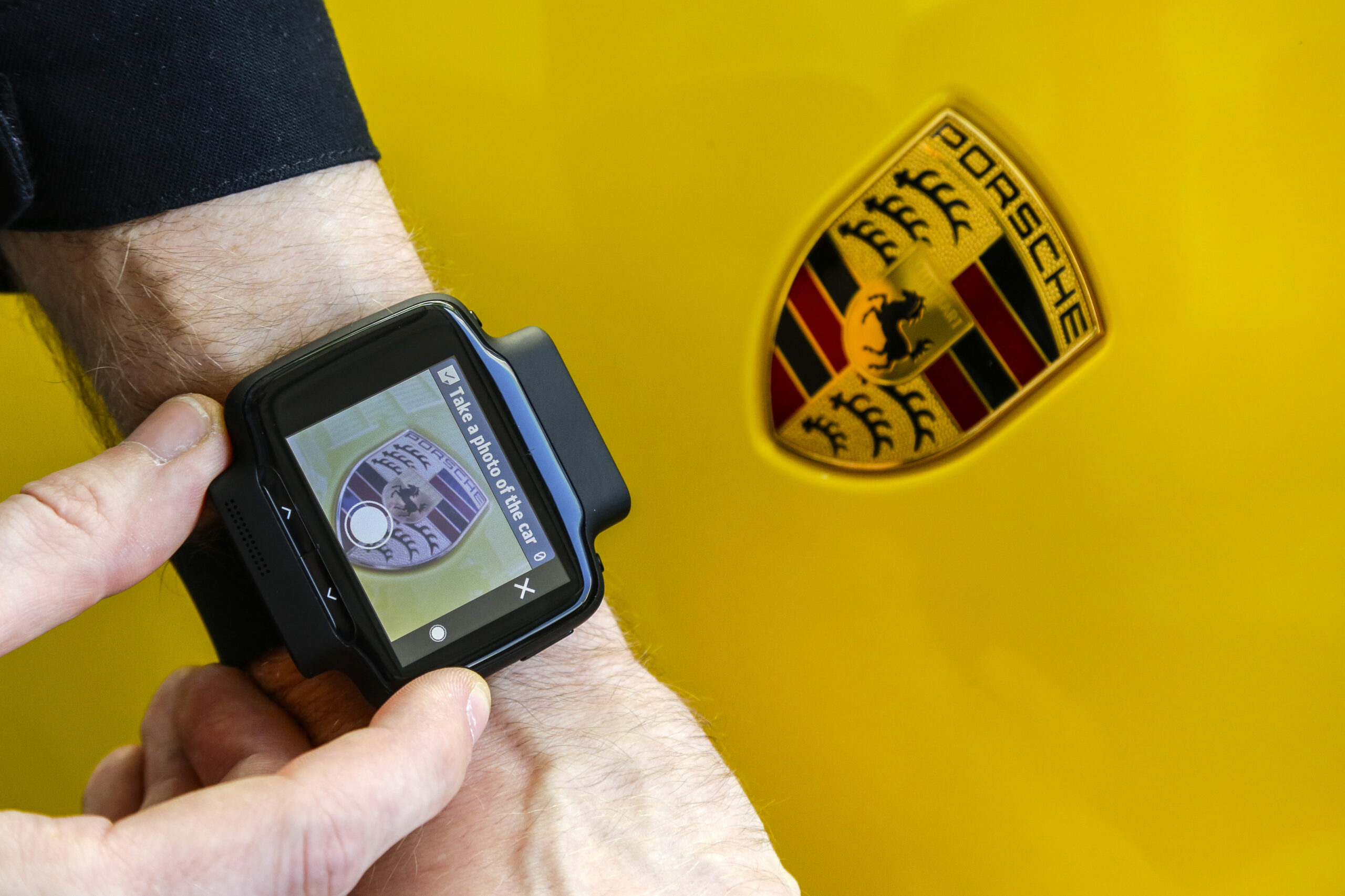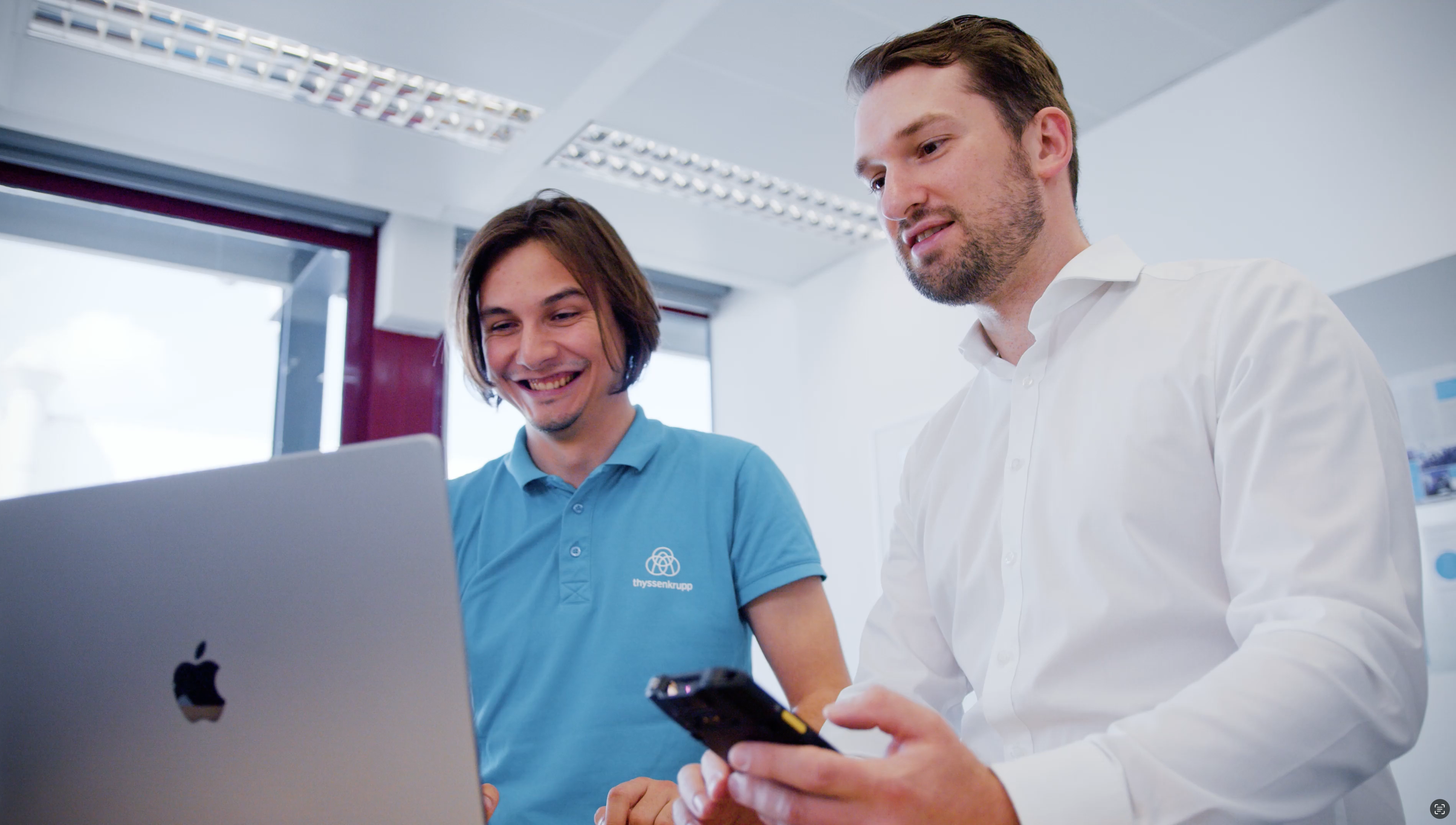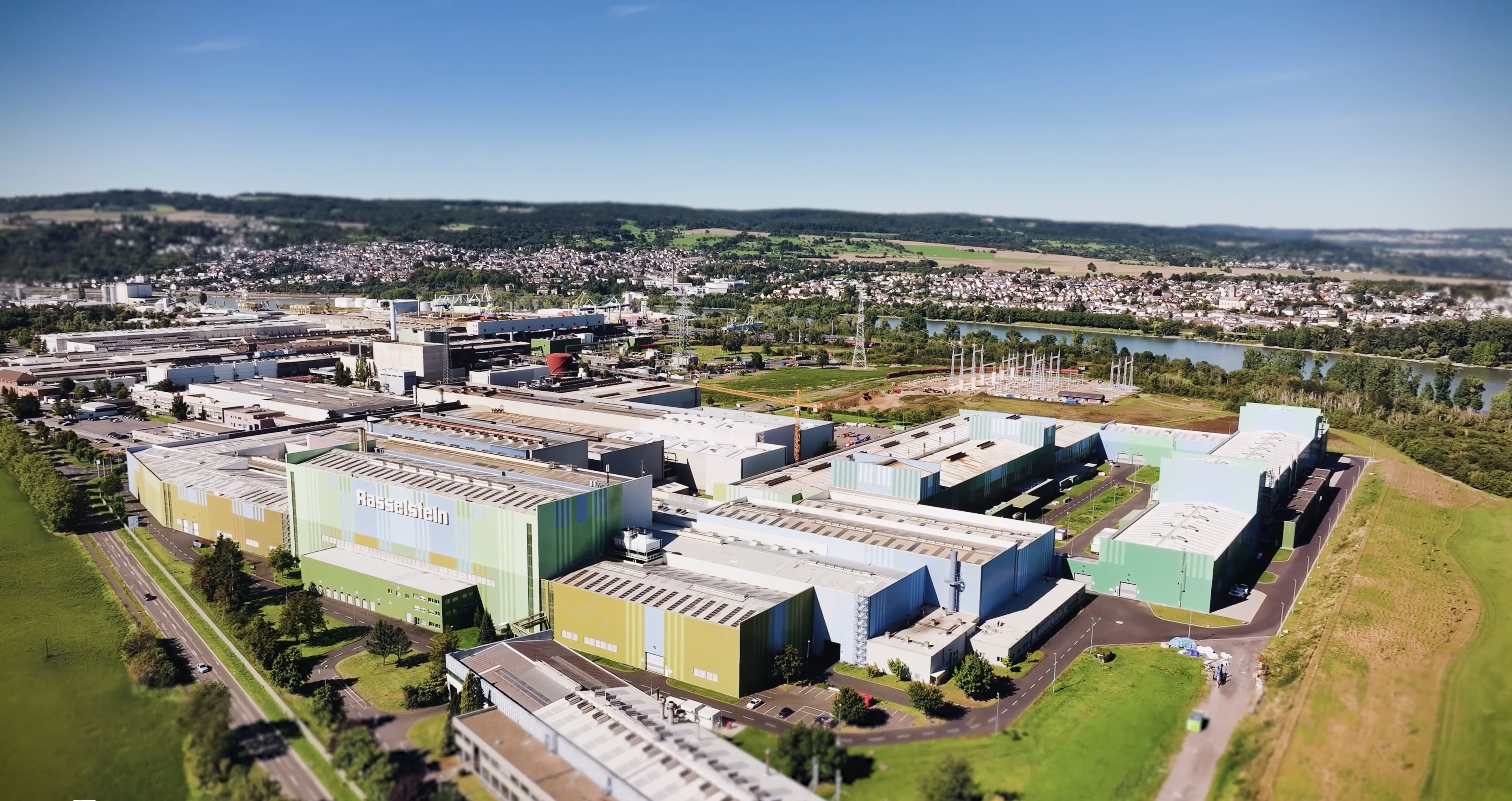If you’re looking to boost productivity, eliminate process delays, and equip your frontline workers with smarter tools, this article will show you how the Zebra WS50 can radically optimize your production workflows.
TL;DR
The Zebra WS50 is a compact, Android-powered wearable computer designed to digitize frontline processes in real-time. This article explains how the WS50 improves manufacturing workflows by enabling hands-free task execution, enhancing communication, and integrating seamlessly with modern MES and shopfloor platforms like Workerbase. Learn when and how to deploy it, and why it’s the right tool for high-mix, high-velocity production environments.
What is the Zebra WS50?
The Zebra WS50 is Zebra’s smallest all-in-one Android wearable computer. Unlike traditional handheld scanners or tablets, it’s designed to be worn on the wrist, back of the hand, or fingers—freeing up both hands for work. It integrates barcode scanning, push-to-talk (PTT), and enterprise apps in a single rugged device, perfect for real-time decision-making on the shopfloor.
Key Features:
- All-in-one form factor: No tethered components
- Versatile wearability: Adaptable to wrist, back of hand, or two-finger mounts
- Built-in scanner and voice communications
- Runs Android with full app capabilities
- Rugged and IP-rated for industrial environments
The WS50 is purpose-built to optimize tasks that require mobility, scanning, task execution, and immediate feedback—all while keeping hands free.
Why the Zebra WS50 Matters for Workflow Optimization
Most production inefficiencies come from fragmented communication, manual task logging, and slow response times. The WS50 solves these bottlenecks by:
1. Eliminating Paper-Based Processes
With a wearable screen and native app capabilities, workers can view digital instructions, confirm steps, and report completion—all from their wrist. This reduces documentation lag and eliminates transcription errors.
2. Speeding Up Communication
Push-to-talk (PTT) features built into the WS50 enable instant communication across teams without reaching for radios or leaving a workstation. This accelerates troubleshooting and coordination.
3. Enabling Real-Time Task Execution
The WS50 can deliver task notifications directly to operators, trigger workflows via barcode scans, and collect live feedback. Workers don’t need to leave their station to interact with systems—reducing wait times and idle minutes.
4. Boosting Compliance and Quality Assurance
Real-time data capture ensures every production step is documented. Workers can scan parts, confirm quality checks, and flag deviations instantly.
When Should You Deploy the Zebra WS50?
While powerful, the Zebra WS50 is best deployed in environments with:
- High operator movement: Workers who walk, lift, or assemble constantly.
- Manual, repetitive tasks: Especially those involving scanning, verification, or digital checklists.
- Short cycle times: Where every second counts and screen time needs to be minimized.
- Mixed-product lines: Frequent changes in instructions or materials.
Industries that benefit include automotive, electronics assembly, FMCG, pharma, and logistics.
How to Optimize Workflows Using the WS50
1. Map Your Current Workflows
Start by identifying manual or delayed tasks: paper-based checklists, walkie-talkie calls, manual time tracking, etc.
2. Integrate WS50 with a Smart Workflow System
To fully benefit from the WS50, pair it with a shopfloor digitalization platform like Workerbase. This allows:
- Dynamic task assignments
- Live production data capture
- Escalation workflows
- Analytics on workflow performance
3. Design Wearable-First Interfaces
Apps must be optimized for tiny screens. Use large buttons, minimal input, and glanceable task summaries.
4. Train for Micro-Interactions
Shift focus from keyboard/mouse behavior to single-touch responses. Workers should complete tasks with as few gestures as possible.
5. Measure Time Savings and Uptime Gains
Track KPIs before and after deployment. Look for improvements in:
- Time to task completion
- First-pass yield
- Downtime due to miscommunication
- Operator adherence to SOPs
FAQs
Q: Does the WS50 replace smartphones or tablets?
Not entirely. While it handles scanning, task execution, and comms well, it’s not suited for extensive data entry or visualization-heavy tasks.
Q: Is the WS50 comfortable for all-day use?
Yes. It’s lightweight and customizable with various mounts to reduce fatigue.
Q: How long does the battery last?
Battery life typically covers a full shift, depending on use. Swappable battery options are also available.
Q: What software works with the WS50?
Any Android-compatible app can run on the WS50. Integration with platforms like Workerbase maximizes its workflow potential.
Conclusion: Where Workerbase Fits In
The Zebra WS50 is a leap forward in wearable computing—but it truly unlocks value when combined with a real-time workflow platform. Workerbase acts as the digital backbone, orchestrating tasks, capturing shopfloor signals, and ensuring that WS50s are more than just scanners—they become intelligent workflow agents.
By connecting human workers, machines, and processes into a cohesive system, Workerbase turns the WS50 into a real-time manufacturing optimization tool. Whether you’re struggling with downtime, bottlenecks, or traceability, Workerbase and Zebra together offer a flexible, scalable way to improve your operations—without massive infrastructure changes.




